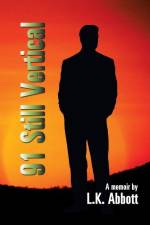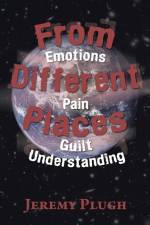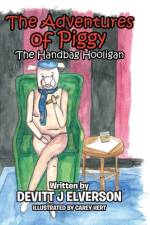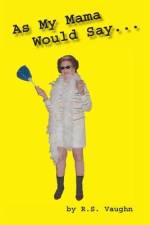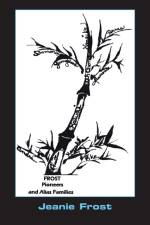av Mary I. Falbo
467
This is the first in a series of cookbooks that will be published to honor my mother and extraordinary Italian cook, Giovanna Morelli Falbo. It contains my mother's favorite recipes, those she brought with her from her home in Italy, and that nourished our family and friends as we grew up in Abington Pennsylvania. The next edition, "Giovanna's Legacy: An Italian/American Kitchen," will feature recipes I've developed, using principles I learned from her through the years as we prepared meals together.The book is a collection of over 180 recipes preserving the Italian heritage of a remarkable woman, my Mom. Born and raised in Calabria, Italy, these homemade meals embrace the essence of a woman who loved feeding others and watching their delight. The collection includes recipes from traditional Italian holiday meals to everyday celebrations and dining. You will find recipes such as Antipasto, baked ziti and lasagna, pasta with fennel, olives, tomatoes and pine nuts, rice patties, baccala salad, chicken and veal piccata, roasted pork with fennel, pepper and potato frittata (omelet), stuffed eggplant, Easter Pie, Italian Wedding soup, pizelles, cherry pudding cheese cake, biscotti, tiramisu, marinara sauce, plus more.






